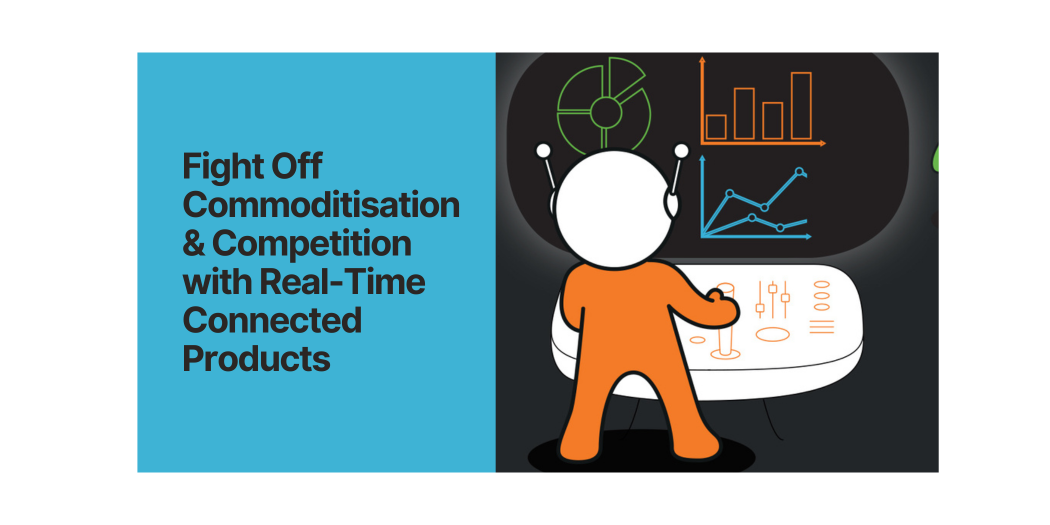Fight Off Commoditisation & Competition with Real-Time Connected Products

Looking to transform your supply chain or harness the power of innovative SAP solutions? We have the expertise and experience to drive your operational excellence.
Contact us today to discuss your needs further.
Whether you're looking to optimise your business processes or streamline your operations, we have the expertise and experience to help you achieve project success.
Contact us today to discuss your needs further.
Learn how our SAP solution extensions can help your workforce reduce reliance on manual paper based activities and ensuring the ever changing needs of your supply chain operational workforce is supported.
Book a demo to learn more.
We work closely with our clients to understand their unique needs and challenges. Explore our SAP expertise services to learn more.

Your product range is great, but… Is the competition nipping at your heels? Or perhaps you lose out on consumables sales? Maybe reliability is an issue, or cost pressures? Or do you just want a new interesting way to engage with your customer?
Embracing the connected digital world and looking at what could be achieved by making your products ‘smart’ could be a great place to start resolving these issues.
Smart products can help you and your customers, both directly and strategically through the forging of new relationships and ways of engaging when a mutual benefit is achieved. Perhaps you take away the burden of consumable replenishment or, through demand sensing, can operate optimised home delivery services. In return you have access to new insights to help shape future services, such as supporting subscription, rental and pay-per-use models.
Connected products are more usually portrayed as consumer-focused, but it’s not just B2C that can benefit from the Internet of Things. This is about automating your B2B supply network using demand signals; managing and responding to changing conditions in an instant. For example, automated demand and supply balancing vendor-managed inventory in a supply chain provides your suppliers with real-time visibility into your supply and demand forecast, enables them to schedule operations more effectively and plan capacity usage in order to meet your current requirements. Gaining visibility into your forecast also allows your suppliers to coordinate replenishment orders and deliveries across multiple customers in order to improve service. For example, a noncritical part delivery can be diverted for a day or two to another customer who needs a critical delivery without putting you at risk.
The possibilities to speed up or automate inventory planning cycles and increase service levels based on demand signals are exciting and real thanks to new levels of collaboration across real-time connected supply chains and supply networks.
The Internet of Things is being brought together with business platforms capable of collecting, analysing and turning data into contextual value for a wide range of stakeholders. This is just part of the latest wave of real-time, connected digital-ready business platforms such as SAP Leonardo and the digital business enterprise platform of SAP S/4 HANA.
For some businesses the ideas above might found farfetched, something reserved for the start-ups of the world. But beware, those start-ups, which are innovative, ambitious and nimble, are your competition of the future. And that future can arrive very fast and disrupt traditional business quickly and painfully.
The good news is that, working with product and asset intensive businesses, we see more and more opportunity to innovate. Combining new technology with an agile approach to discovering and proving value means that any enterprise has the potential to adopt a real-time connected mindset and operations – and do its own disrupting.
Get connected and get disrupting! Contact us...